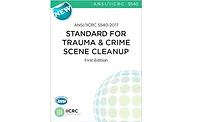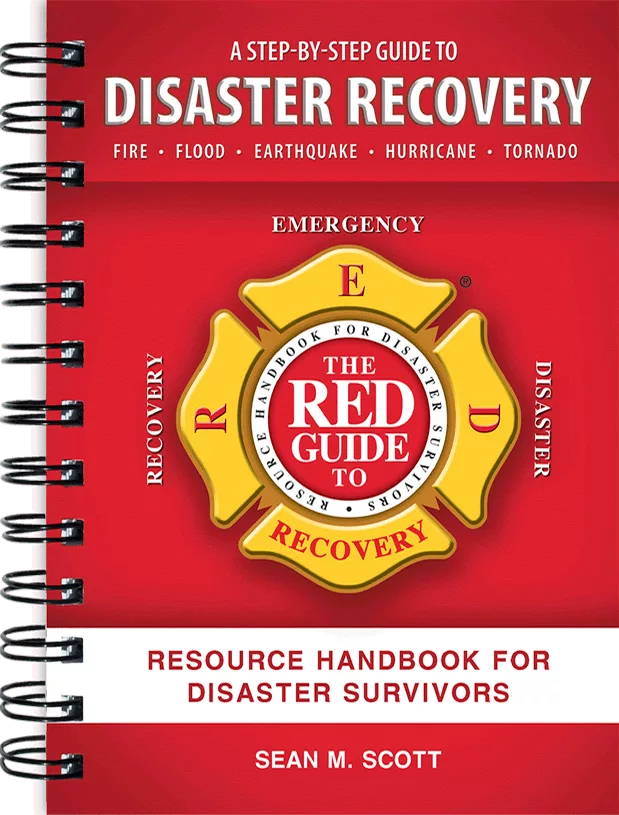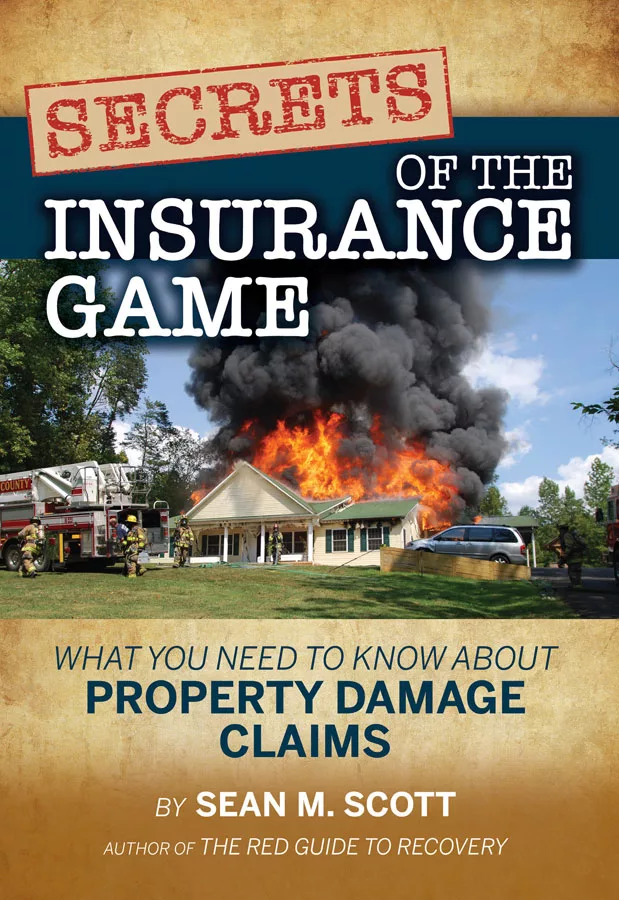Five Myths of Bio-Recovery

Whether you are in fire restoration, disaster reconstruction, water-damage restoration, etc., you are probably quite familiar with common myths about your industry.
Bio-recovery primarily provides for the cleanup and disinfection of crime and trauma scenes. Because it is still not a widely known industry, there are many misconceptions that the public and even other restoration providers have about it.
The list I’ve compiled over the years is long and getting longer, but in the spirit of brevity, let’s look at the five most common myths.
Myth No. 1: Bleach is King
“Don’t you guys just throw some bleach around and poof! the blood is gone?”Technically known as sodium hypochlorite, bleach is a potent biocide, but one that has a number of downsides that make it a poor first choice for most common professional disinfection tasks.
In a sea of disinfectant choices, it is easy to be confused by the sales hype or the simple availability of a particular product. Bleach is constantly promoted by the government as a readily available product for disinfection because most households have bleach as part of their laundry cleaning arsenal. So in a pandemic, or even a common incident in the home, the homeowner is comfortable with the use of bleach, and doesn’t have to take a course in antimicrobial selection just to render a spill safe.
In a pinch, bleach can be pressed into use to kill a number of pathogens by diluting it down to a concentration of 5,250 ppm (which is a safer concentration than right out of the bottle). Even at that concentration, however, it still can bleach out colors in fabrics, corrode metal, and cause eye and respiratory irritation.
Another problem is that when you dilute bleach (such as in a spray bottle) you should mix it up fresh each day. There are many conflicting reports about bleach’s shelf life once it has been diluted, ranging anywhere from losing 90% of its strength in 24 hours to lasting a week or perhaps longer. Regardless, you should always make a freshly diluted mix in order to assure that it is at peak strength.
In routine bio-recovery work, these downsides make it a poor first choice. When called in to restore a scene, we do not want to cause additional problems by damaging fabrics, corroding metal, or causing the resulting fumes to trigger an asthma attack.
Finally, understand that many antimicrobials (biocides) are inhibited or even inactivated in the presence of blood and tissue. Sodium hypochlorite is ranked with those that perform poorly in the presence of blood.
Myth No. 2: The Police Clean Up Crime Scenes
Not a day goes by that I don’t get a surprised look from someone who says, “I thought the police did that!” Although the bio-recovery industry has been around for more than 15 years, the majority of the general public is still unaware of our existence.I suppose most people really don’t have a reason to contemplate who cleans up scenes unless they actually need it. Most would find it in poor taste for us to run “blue-light specials” or “two-for-one” coupons in the Sunday paper.
That said, some companies have gone out on a limb to market their services by putting up bloody-looking chalk outlines of bodies on billboards along with a catchy tagline and their business name and number. Others have created some pretty tasteful radio and TV ads.
Media outlets like The Discovery Channel have done some great specials on bio-recovery services, and yet the surprised looks continue. Perhaps one day the industry will be commonplace, but until then companies will continue to look for new and creative ways to raise awareness.
Myth No. 3: "OSHA-Certified" Companies Are Best Qualified to Provide Bio-Recovery Services
OSHA doesn’t certify anyone. OSHA enforces the section of the code of federal regulations that governs the safety of employees. We take OSHA courses to be in compliance with those regulations, and we receive a training document, but no one is OSHA certified in bio-recovery.Companies that list their credentials as OSHA-certified are misleading the public into thinking that they have been evaluated by OSHA and have met government standards for the cleaning and restoration of a property. Nothing could be further from the truth.
Although the “Bloodborne Pathogen Regulation 29CFR1910.1030” is a critical compliance component of our industry, it is strictly a partial-day training program that briefly outlines the potential biological risks of a handful of diseases found in blood, and how to protect employees from exposure.
Nowhere in any OSHA program does it teach antimicrobial chemistry, cleaning techniques, dismantling of vehicles or homes, deodorization techniques or any of the myriad other critical educational components necessary to assure proper decontamination.
Certification should ideally be achieved through an independent, comprehensive training program, followed by an exam given by a separate industry association or certifying body that will assess the knowledge, skills and abilities of the applicant.
Anything other than this is not a certification, according to the NOCA Standard 1100.

Courtesy of Bio-Clean of New Jersey
Myth No. 4: When Cleaning Blood, if the Red is Gone, So is the Problem
In the past, bio-recovery companies simply cleaned what they saw. This meant that if a scene was visibly clean, that was good enough. Sort of like how a dog can lick a plate clean.That’s not very comforting.
However, there is an emerging four-step program of detection, cleaning, disinfecting and confirmation that is helping to ensure that scenes are truly safe. Aggressive cleaning techniques combined with products shown to have superior efficacy against targeted microbes is resulting in more effective disinfection and more satisfied clients.
The last step, confirmation, is the newest step. Since we don’t carry around microscopes we must have some method of confirming that we have not only removed the visible contaminants, but we have also removed the microscopic bacteria and other pathogens. Using a device to check these cleaned surfaces, and producing a recordable measurement allows us to prove we have accomplished our task.
Measuring devices such as luminometers that measure adenosine triphosphate (ATP) have been used in the food service industry, but now their benefits are becoming the standard of care for bio-recovery as well. As the industry becomes more sophisticated, it’s no longer acceptable (not that it ever should have been) to say that if a surface is visibly clean, it is safe.
Myth No. 5: This is a Get-Rich-Quick Industry
I sure wish that were true. Bio-recovery does offer a high return on investment, just like other emergency mitigation and restoration industries such as mold, asbestos, fire and water. Although the majority of company owners are not wealthy, most are making more money than they did in previous employment.Building up this business is no different than any other, and a great deal of effort and time is required to grow the business to the point we can enjoy a good salary. As we add new services to address emerging contamination issues, the industry will become even more rewarding.
Looking for a reprint of this article?
From high-res PDFs to custom plaques, order your copy today!





